For Shannon, the Natural Supply Chain Is Personal
Previously, we caught up with Shannon Hess, associate director – Responsible Sourcing for Burt’s Bees, to learn about the importance of responsible sourcing, why we hold ourselves to a higher standard and the beauty of aspiring to know every ingredient’s story. (Read the post.)
Here, we dig a little deeper into how the Burt’s Bees business and our responsible sourcing efforts help farmers and their communities.
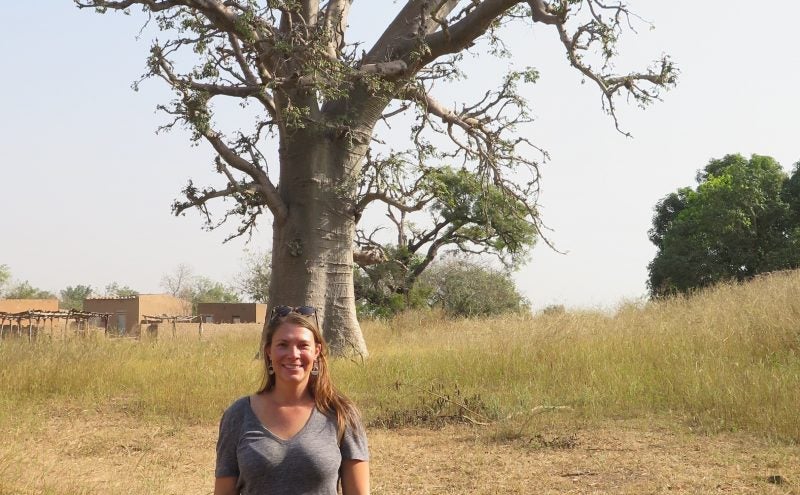
Shannon Hess stands in front of a baobab tree in Burkina Faso.
What are some of the ways Burt’s Bees helps farmers and their communities?
A great example, and one close to my heart, is part of our 2020 sustainability goals, which we set in 2012. Burt’s Bees has committed to 10 global supply chain investment projects by 2020 where we’ll partner with natural ingredient communities in our supply chain for community development and capability-building projects.
This year, we’re working with our beekeepers in Tanzania and Vietnam. We’re providing them with equipment like beekeeping suits, gloves, bicycles, and buckets because they have limited access to equipment living in remote villages, and African bees are aggressive.
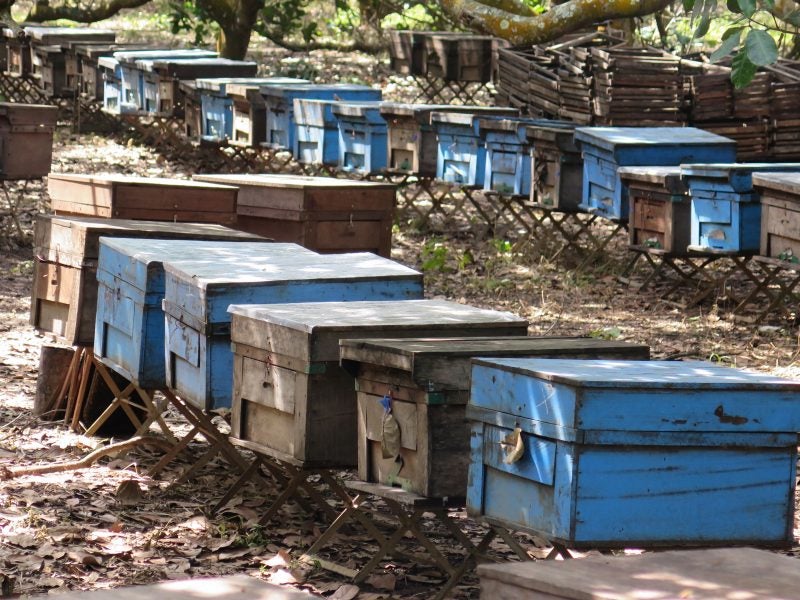
Bee hives in Vietnam.
In Burkina Faso, we’re engaging cooperatives of women who gather and roast shea butter kernels. We’ll begin with training on how to use local materials to build up the mud around a cooking stove so it heats more efficiently. That will substantially reduce the use of firewood and helps reduce smoke inhalation. This efficiency saves trees and also cuts the time these women spend gathering wood. We see this as a step in boosting women’s economic empowerment, health and safety.
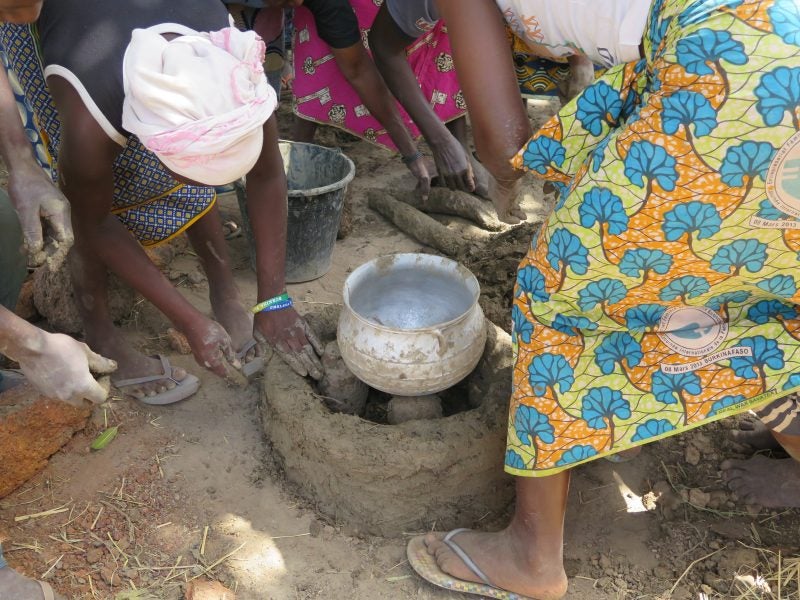
Women in Burkina Faso are trained to build more efficient cooking stoves.
It’s so exciting to be on the ground, finding out about life in these communities. We have the chance to help improve livelihoods, and that’s so important to me on a personal level.
You travel all over the world sourcing Burt’s Bees ingredients. Where have you traveled, and what’s the most beautiful crop you’ve visited?
I think the most beautiful experience was in Namibia, meeting the women of the nomadic Himba and Herero tribes.
I went there to look at some ingredients we currently use and some other new essential oil ingredients. The Himba women cover their bodies and hair with red iron ore mixed with animal fat to protect their skin from the sun.
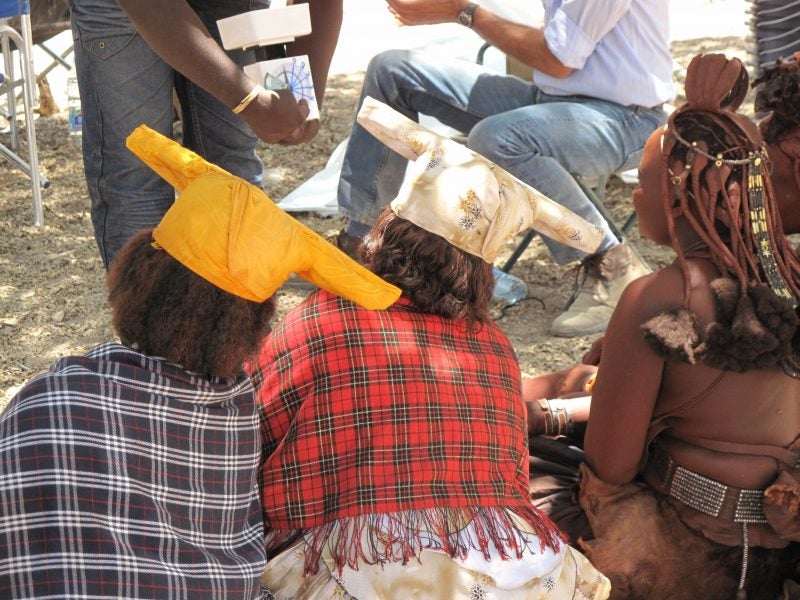
Himba and Herero women in Namibia.
It was all so memorable, sitting with the two tribes under a massive tree at the training. I learned many things with these women, from how to responsibly harvest the proper amounts of plant and resin ingredients to making sure they know where the buying point is and get paid what they were promised.
I’ve also gone to Ghana quite a few times for shea butter. One time I made shea butter with the women in the village, and it’s hard work! To sit down and make the butter — it gave me a new appreciation for the process of making hand-crafted shea butter.
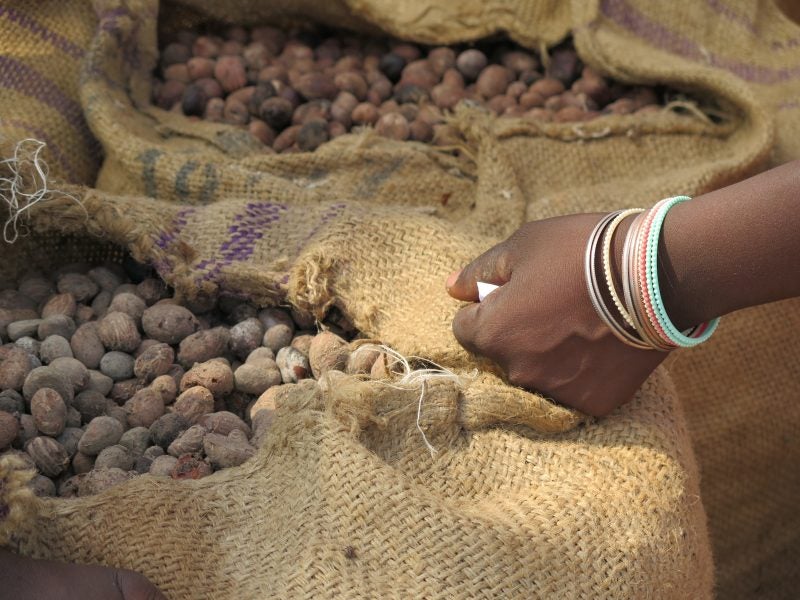
A woman in Ghana clutches a small piece of paper that documents the shea butter kernels she is selling.
Why do personal relationships matter in a natural ingredient supply chain?
In 2012, I visited north eastern Uganda to source another type of shea butter. The region was in a conflict zone where the people had suffered profoundly at the hands of Joseph Kony and the Lord’s Resistance Army.
It was one of the most difficult places I’ve visited, and I briefly got to know women whose sisters were taken by Kony’s army soldiers. These people had been displaced and just returned to their villages a few short years before our visit.
Later, when a caterpillar damaged the crops in this region, we were able to quickly rectify the problem because I had been there and knew someone on the ground in Uganda.
Because I had a personal relationship with the producers and a good relationship with the suppliers, we were able to understand the severity of the issue and, through an exchange of phone calls, texts and messages, work through the supply disruption with our partners and avoid disrupting our own product launch.
We’ve invested in these types of personal relationships that make up our supply chain, and they have paid off. They are part of our commitment to good growth — growth that is profitable, sustainable and responsible.
Risk management can be very reactive. These strong personal relationships allow us to take a proactive approach and identify and prevent supply chain issues before they cause problems. After all, one of our most important suppliers is Mother Nature, and she always keeps me on my toes.




